Operation Gladio Resurfaces In Switzerland
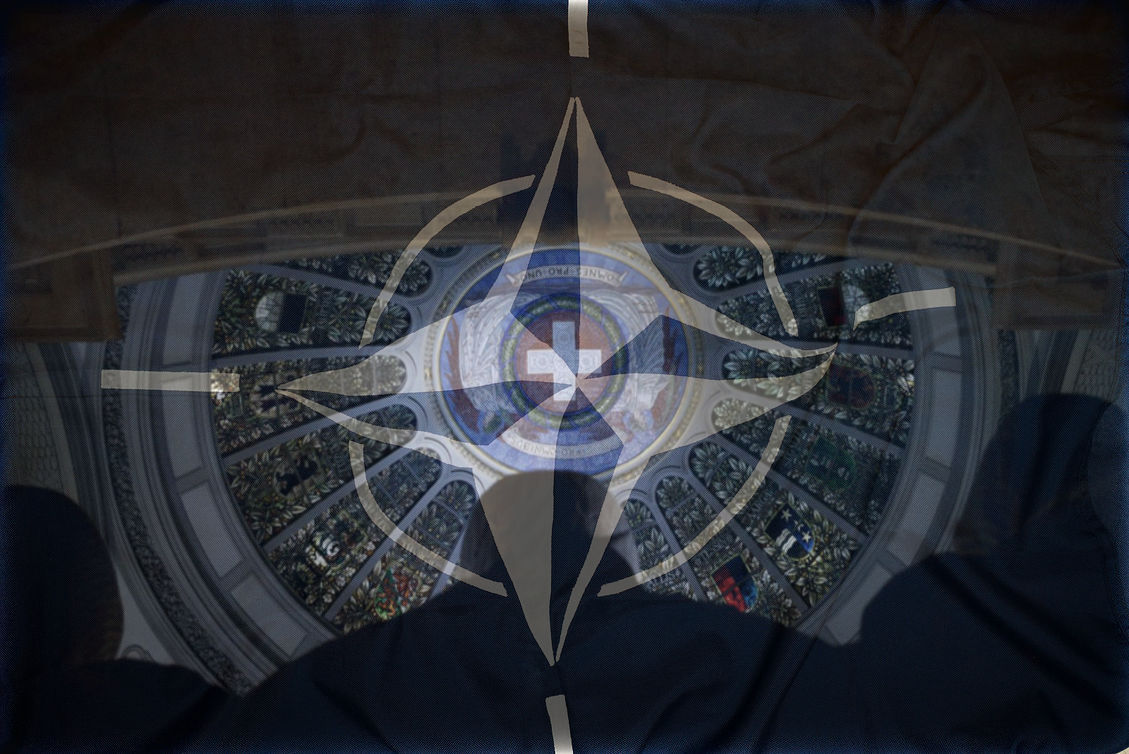
According to a recent local Swiss report, on November 23, 2017, a permanent exhibition was created for NATO’s clandestine Gladio operations inside Switzerland during the Cold War - known as Project 26. The exhibition was established in the Musée Résistance Suisse in Gstaad, Switzerland, a former training bunker of the secret army.
Immediately after the opening ceremony, the exhibit was declared a classified secret and closed to the public until 2041. Only secret service employees and former members of the Gladio secret army themselves are allowed to look at the exhibits.Local reporters claimed it was “the strangest opening of a museum that has ever taken place in Switzerland.” Upon entering the exhibit, the 62 guests of honor had to hand in their cell phones to prevent any unauthorized disclosures.
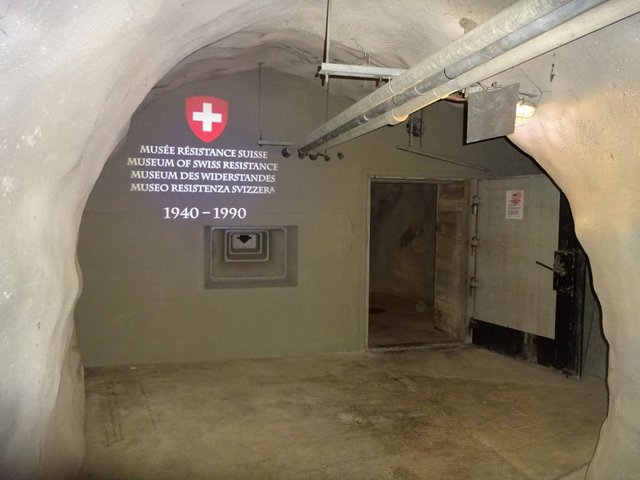
According to reports, during the national anthem ceremony, a guard wearing a camouflage suit carried the flag of the secret army into the museum. Interestingly, during the exhibition inspection, clandestine cipher techniques were explained and a silent sabotage rifle was reportedly also demonstrated. It had also been revealed that Minister of Defense Ueli Maurer was in attendance and gave a speech during the event entitled, ”Resistance as Ultima Ratio of a Free Nation”.
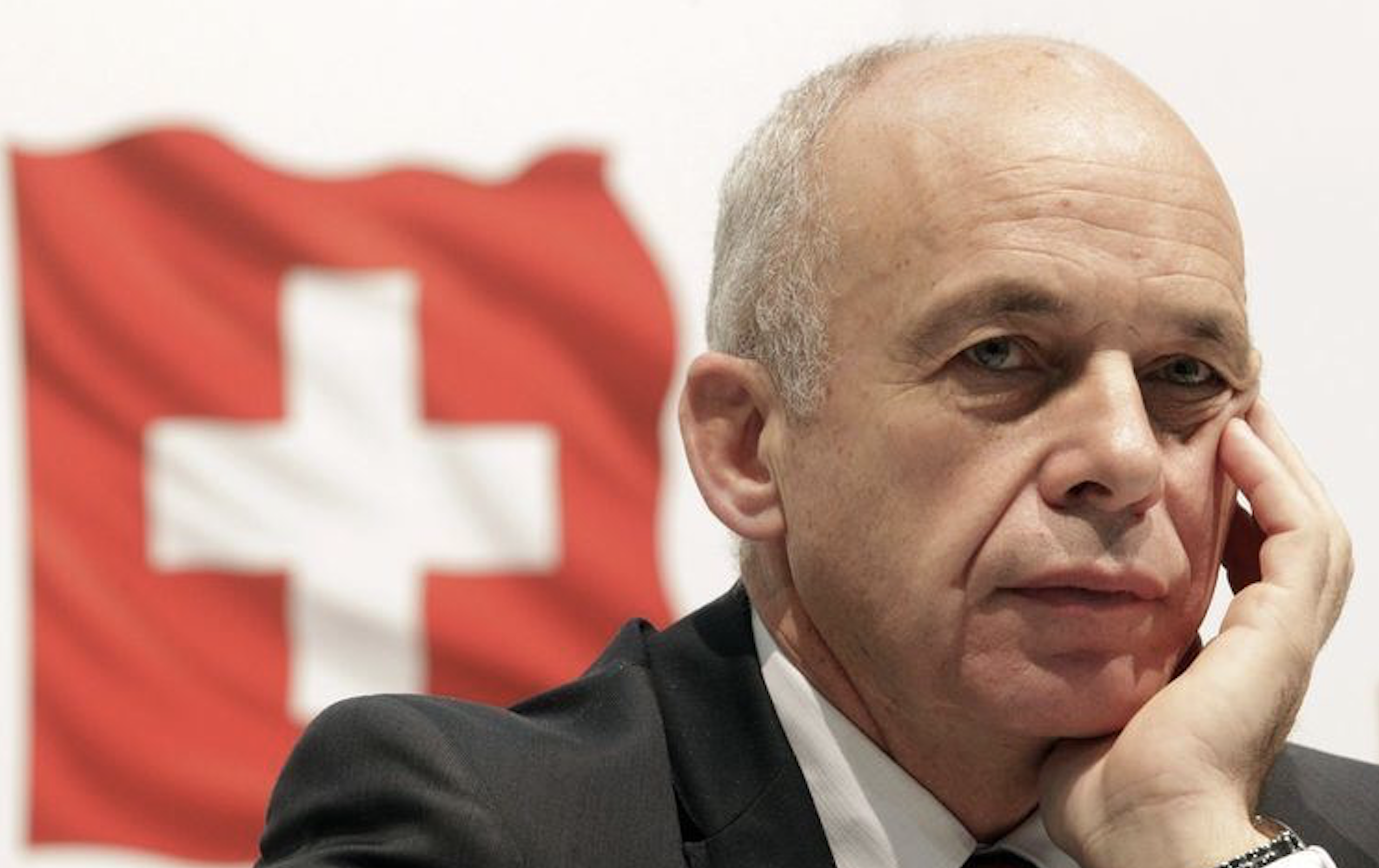
So what is Operation Gladio and what does it have to do with Switzerland’s Project 26?
From the outset of the Cold War, the North Atlantic Treaty Organization (NATO) conducted a clandestine operation, known as Operation Gladio, throughout it’s member nations, as well as some neutral countries, establishing a stay behind network in order to counter Soviet influence inside Western Europe and to safeguard against a Soviet invasion.
The existence of NATO’s clandestine operation was officially disclosed by Italian Prime Minister Giulio Andreotti on August 3rd, 1990 to the Italian parliament following a series of shocking revelations by Italian judge Felice Casson.

NATO’s stay behind network consisted a covert network of operatives who were tasked with (1) carrying out acts of sabotage, assassination, and asymmetrical warfare in enemy controlled territory in the event of an invasion of Europe by the Soviet Union, and (2) to prevent the rise of Communist political organizations within NATO member nations using political subversion and most disturbingly: false flag terrorism.
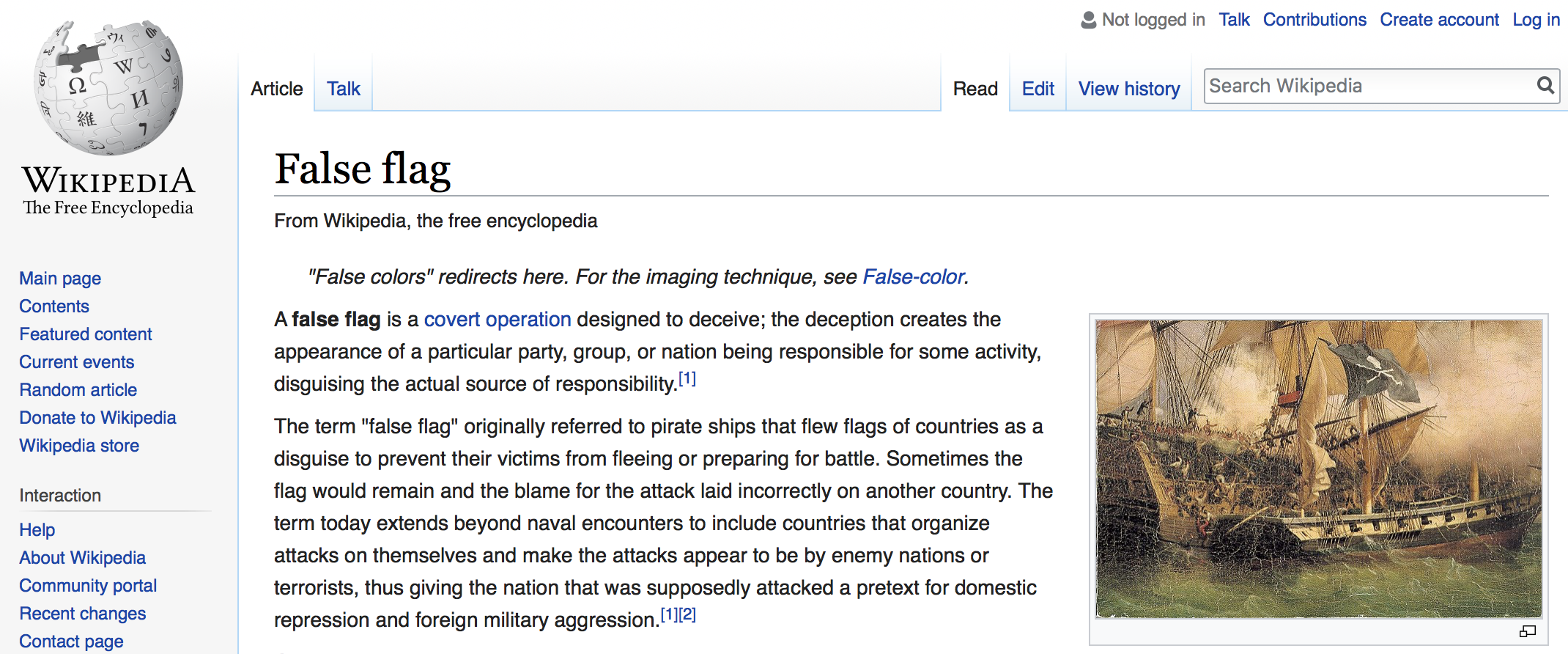
Amid the initial stages of the Cold War, Italy had the largest Communist political party outside of Russia and China. For this reason, NATO was determined to pull Italy into it’s geopolitical sphere and away from the Eastern Bloc.
Between 1948 and 1956, an estimated eighty people were killed by law enforcement officers during mass left wing demonstrations and organized industrial strikes in Italy. By 1969, amid a substantial rise in leftist populist movements and a prolonged period of internal tensions and violence throughout Italy, Antonio Annarumma, a policeman in Milan, was killed during leftist populist demonstrations. Annarumma’s death marked the initiation of what later became known as the Years of Lead in Italy.
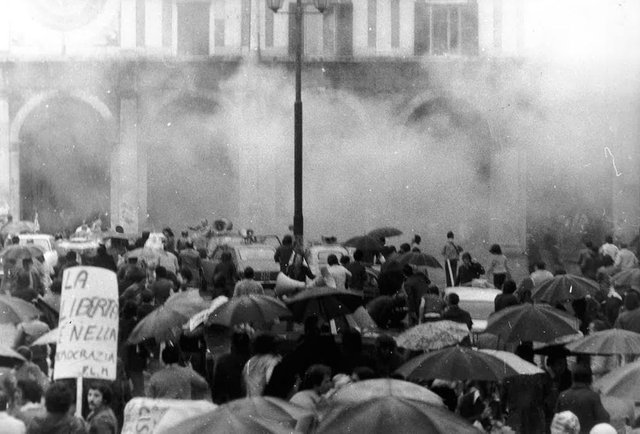
One month later, on December 12 1969, seventeen people were killed when a bomb exploded at the National Agrarian Bank headquarters in Piazza Fontana in Milan, Italy. The Piazza Fontana bombing was officially attributed to a left wing militant organization. Following the attack, Italian law enforcement rounded up over eighty leftist dissidents who were suspected of carrying out the bombing.
The terrorist campaign continued and on May 31st 1972, three members of the Italian national military police, the Carabinieri, were killed in a car bombing in Peteano, Italy. Again, the bombing was attributed to the left wing militant organization, Lotta Continua. The Years of Lead culminated in the 1980 Bologna railway station bombing which killed eighty five people.

Amid a wave of terrorism across Europe, in 1984, Italian judge Felice Casson reopened the 1972 Peteano bombing case. What Casson uncovered was shocking; the 1972 Peteano car bombing was not conducted by Lotta Continua, the left wing organization. In fact, Casson discovered that the bombing had actually been carried out by a right wing organization known as Ordine Nuovo.
In 1984, during judge Casson’s investigation, Vincenzo Vinciguerra, a member of Ordine Nuovo, confessed to planting the explosive device in the 1972 Peteano bombing which killed three members of the Italian national military police, the Carabinieri.
However, Casson would come to discover that Italy’s military secret service, Servizio Informazioni Sicurezza Militare, had participated in the 1972 Peteano bombings in conjunction with Ordine Nuevo in order to blame their political adversary. Astonishingly, amid the court proceedings, Vinciguerra confirmed that the Peteano car bombing was carried out by Ordine Nuovo in conjunction with Italy’s military secret service, Servizio Informazioni Sicurezza Militare.
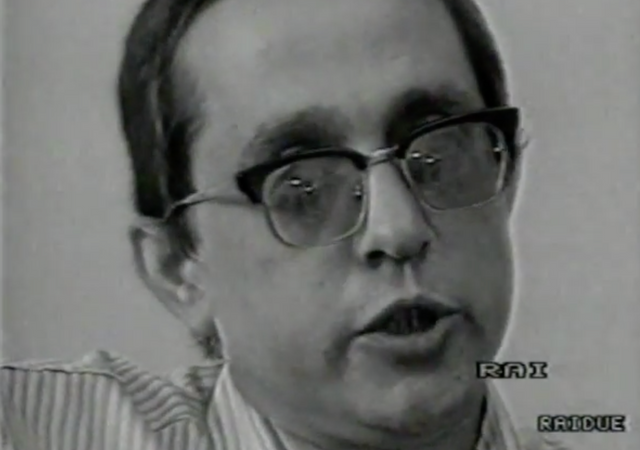
According to Vinciguerra, the intent of the bombings was to attribute the terrorist campaign to left wing organizations in order to galvanize public opinion against the perceived growing threat of Communism in Italy. Even more, the operation was designed to inculcate a climate of fear and hysteria among the population, as part of a strategy of tension, in order to encourage public support for greater security measures and the erosion of their civil rights.
“You had to attack civilians, the people, women, children, innocent people, unknown people far removed from any political game. The reason was quite simple. They were supposed to force these people, the Italian public, to turn to the State to ask for greater security,” testified Vincenzo Vinciguerra during his trial.
Further confirmation was published in 2000, when an Italian parliamentary commission revealed, “Those massacres, those bombs, those military actions had been organized or promoted or supported by men inside the Italian state institutions and, as been discovered more recently, by men linked to the structures of United States intelligence.”

In 2001, during the eighth trial in the 1969 Fontana bombing case, General Gianadelio Maletti, Commander of the Counter Intelligence Section of the Italian Military Intelligence Services from 1971 to 1975, revealed that the United States’ CIA had foreknowledge of a terrorist attack. Furthermore, Maletti revealed that Western intelligence agencies had gone far beyond acceptable infiltration of extremist groups to outright instigation of acts of terrorism. “The CIA, following the directives of its government, wanted to create an Italian nationalism capable of halting what it saw as a slide to the left and, for this purpose, it may have made use of rightwing terrorism. I believe this is what happened in other countries as well,” testified General Gianadelio Maletti.
The name ‘Gladio’ has since become synonymous with NATO’s stay behind operations across Europe, however it was known by many names in many different countries. For example, in Switzerland it was known as Project 26 (P26).
In February 2018, it was revealed that the whereabouts of at least 27 files and dossiers associated with the Cornu report remain missing and copies could not be located in the national archives. The ultimate aim of the Cornu report was to determine whether the group, P26, had links with the broader Gladio network across Europe, which called into question Switzerland’s neutrality during the Cold War, as well as to understand the full extent of the group’s operations.
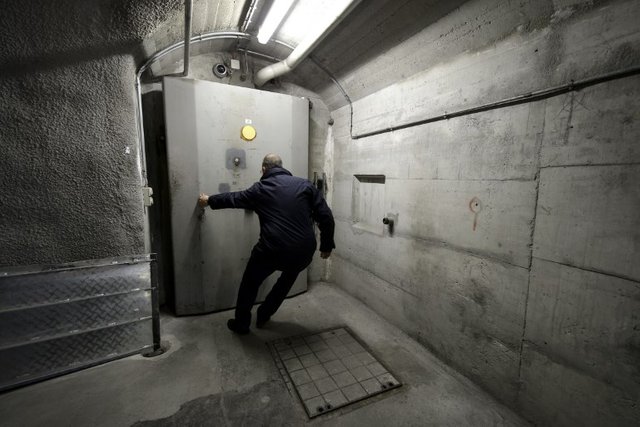
P26’s existence was first revealed in the 1990’s by a national commission established to investigate whether the military was keeping secret dossiers on nearly one million Swiss citizens whom identified as left wing, resulting in of the largest scandals in modern Swiss history. The scandal resulted in the so-called Cornu report, a series of government reports on the clandestine operation which remain fully classified until 2041.
Handwritten records show several files were handed over to the organization by the Defense Department in 1993 but details on their contents are scarce. However, it was revealed that at an unredacted copy of that 100-page top secret report remained in the national archives, according to a spokesperson for that institution.
On April 26, amid growing pressure, the Swiss Federal Council published a heavily redacted version of the 126-page Cornu report. The document was released 27 years after it was originally slated to be released to the public.
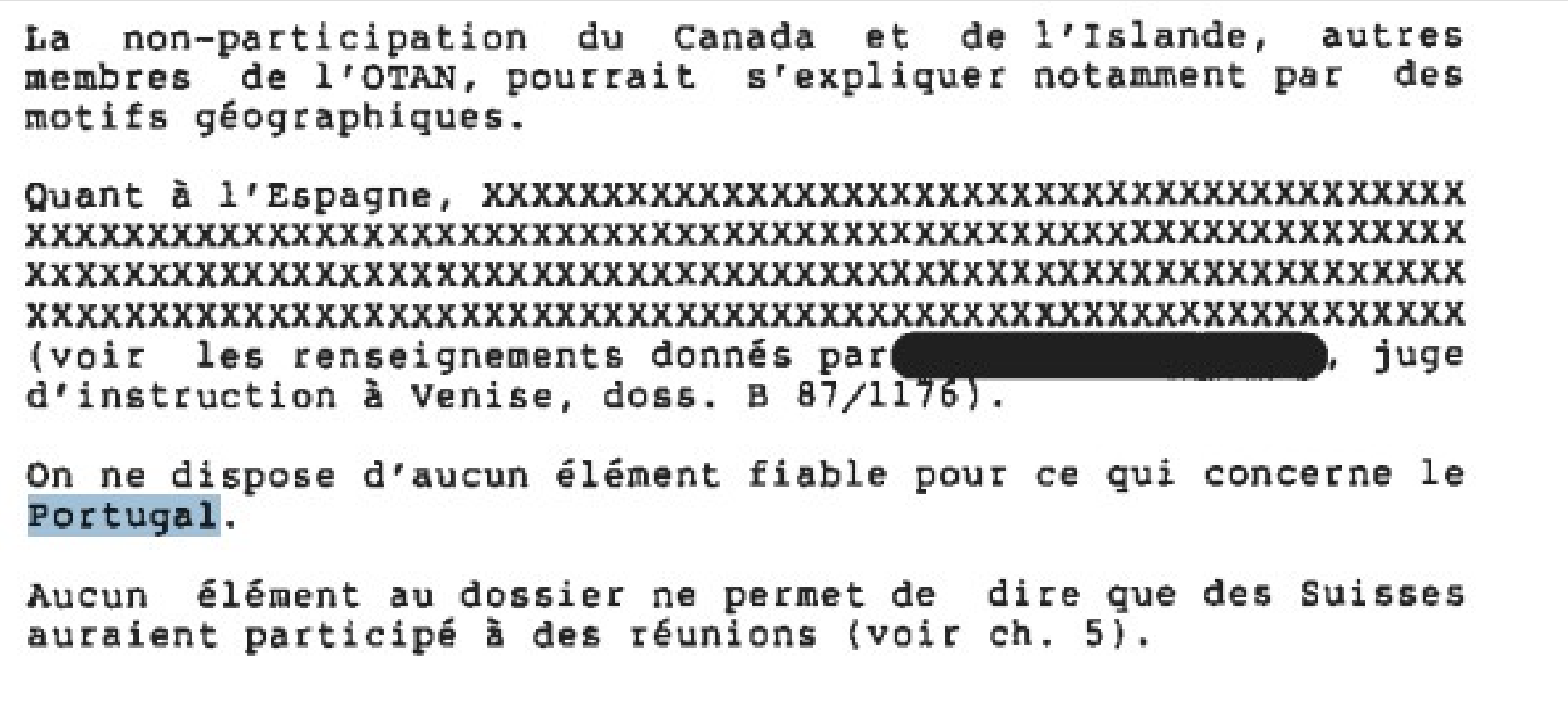
While many of the names of the people involved have been removed by the Defense Department, ostensibly to protect those still living, it does shed some new light on the clandestine operation in Switzerland.
It has now been confirmed that the Cornu investigations discovered that Gladio’s P26 branch in Switzerland had “a special relationship of trust” with the British secret services starting in 1967. Furthermore, the documents reveal that members of P26 would travel to the United Kingdom, often with false identification, in order to train in sabotage tactics - including how to blow up oil refineries.
By April 30, however, it was reported that the Swiss Defense Department has given up the hunt for the 27 missing documents related to the country's top-secret Gladio organization known as P26.
“We have transferred all of our files to the national archives. We didn’t find any further documents,” a department spokesperson told national broadcaster SRF.
However, former National Councillor Josef Lang expressed serious concerns over the missing files saying, “It could well be that these files [reveal] actions against domestic targets and people would rather not know about that now.”
*Author’s note: It is not my intention to defend Communism by exposing the crimes of the Gladio network but rather to seek truth and justice for the victims of the many terrorist attacks across Europe which can be traced to the Gladio network and to ensure these kinds of activities do not continue to occur.
Can we preorder tickets to P26’s 2041 public opening? Will it be formal attire?
Congratulations @eranraba! You received a personal award!
You can view your badges on your Steem Board and compare to others on the Steem Ranking
Vote for @Steemitboard as a witness to get one more award and increased upvotes!